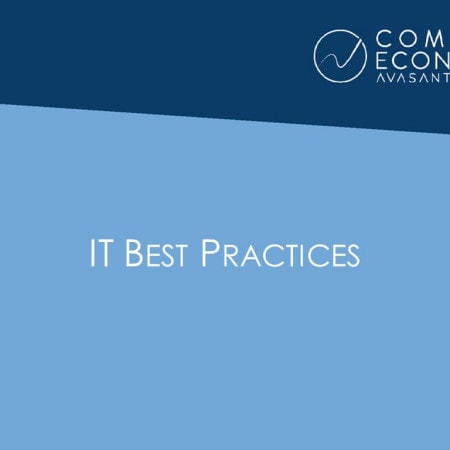-

2007 Malware Report: The Economic Impact of Viruses, Spyware, Adware, Botnets, and Other Malicious Code
Malware continues to be a major security threat, but obtaining a quantitative risk assessment is a difficult exercise. This special report, based on our survey of IT security professionals and managers, reports on the overall change in the malware threat level by type. Malware types include destructive viruses, spyware, adware, botnet code, and hacker tools. For each malware type, the report provides statistics for remediation cost, user hours lost, system downtime, and total dollar damages. It then summarizes the annual damages by organization size, and estimates the total economic impact of malware by year for the period of 1997-2006. Analysis of the top ten malware entities in 2006 is also provided. This report is an unbiased source for estimating malware damages and analyzing the cost-benefit of anti-malware investments. (51 pp., 36 figs.)[Extended Description]
June, 2007
-

2005 Malware Report: Executive Summary
This article is an executive summary of our recent study, 2005 Malware Report: The Impact of Malicious Code Attacks. The study, which is widely referenced in the business press, breaks down the total financial impact of malware on businesses by type of cost, based on our interviews and surveys of IT security professionals over the past year. It also highlights the major malware events of 2005, and tracks the worldwide economic impact of viruses, worms, spyware/adware, and other malicious code attacks since 1999. IT executives will find this study as a good source of statistics for developing the business case and budget for antimalware initiatives.
January, 2006
-

Microsoft WMF Vulnerability: Business Impact
Hackers are beginning to exploit a zero-day flaw in the way Microsoft operating systems handle Windows Metafile Format (WMF) files. Based on characteristics of the vulnerability, Computer Economics is predicting at least one general malware attack based on the flaw. This article summarizes the likely economic impact of such malware events on businesses.
January, 2006
-

Zotob: A Malware Event in Warp Speed
The Zotob attack in August 2005 was not the costliest malware event in history, but it might be the fastest. This article provides a preliminary estimate of the impact of Zotob and why companies have a difficult time with attacks that exploit vulnerabilities so soon after they are exposed.
September, 2005
-

Size Matters When It Comes to IT Security
IT security remains a major concern, from the largest enterprise to the home office user. The recently conducted Computer Economics IT Security Study looked into a variety of issues related to IT security budgets, incidents, and management practices. This report provides a new analysis of these metrics by applying cross comparison of organizational size with IT security problems. This analysis yields useful insights that IT managers may use to more effectively manage security spending.
March, 2005
-

Virus Attack Costs On the Rise–Again
In 2002, the worldwide financial impact from virus attacks dropped for the first time in 7 years. However, fueled by the costly virus Slammer and "The August Can of Worms," the financial impact of virus attacks is on the rise again. Many factors have contributed to the rising costs, including the bleak reality that many companies are still not prepared to handle the threat from fast-spreading virus attacks.
September, 2003
-

Return on Investment for Virus Protection
The article provides estimated cost for managing an in-house antivirus protection program by the number of PCs in an organization and the expense avoided by having such protection in place.
September, 2002

 Grid View
Grid View List View
List View